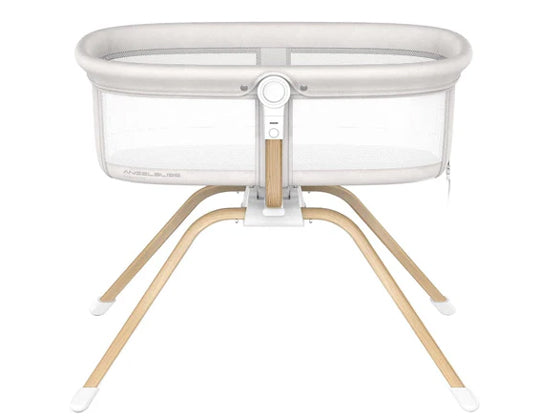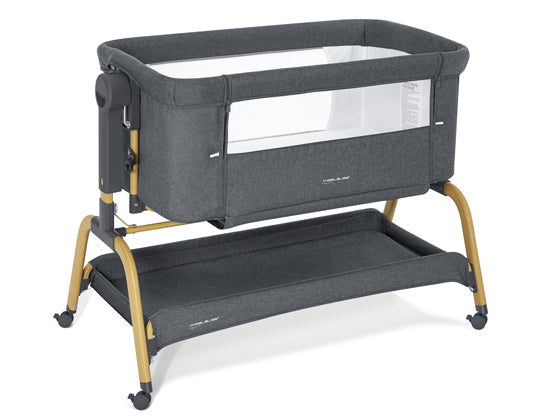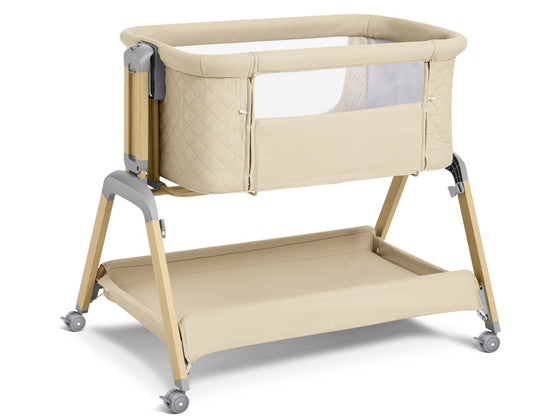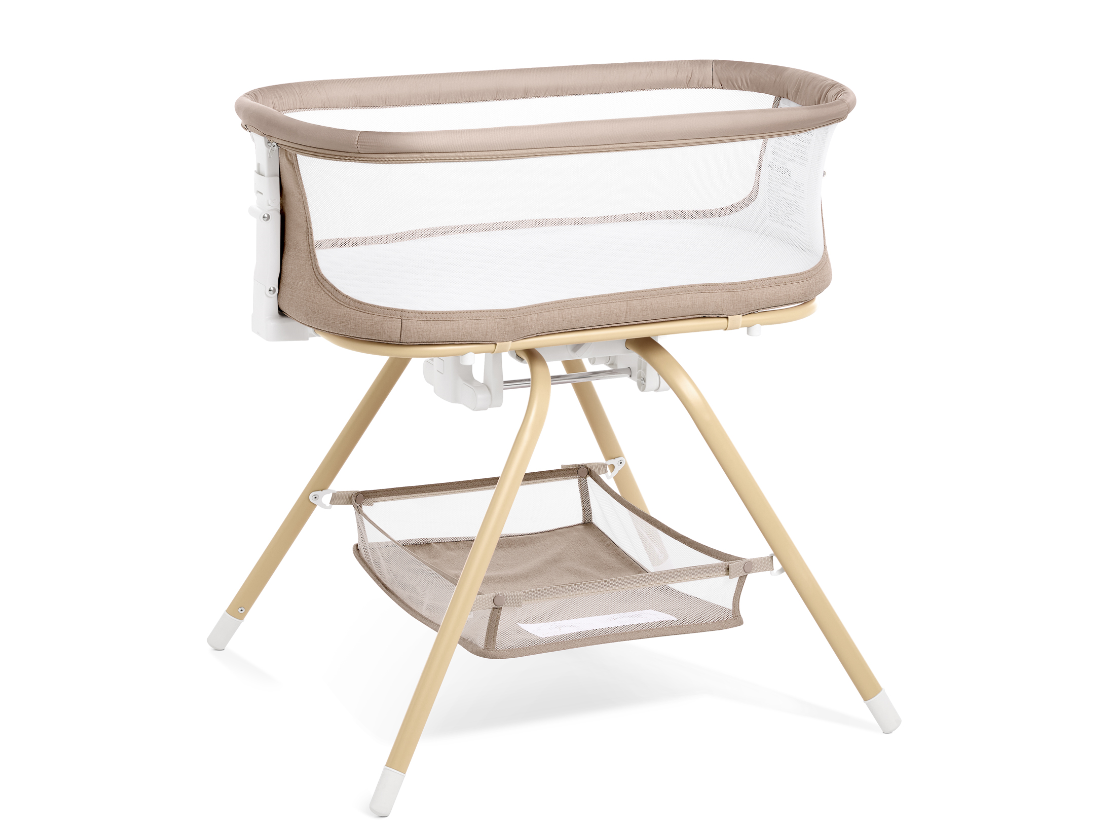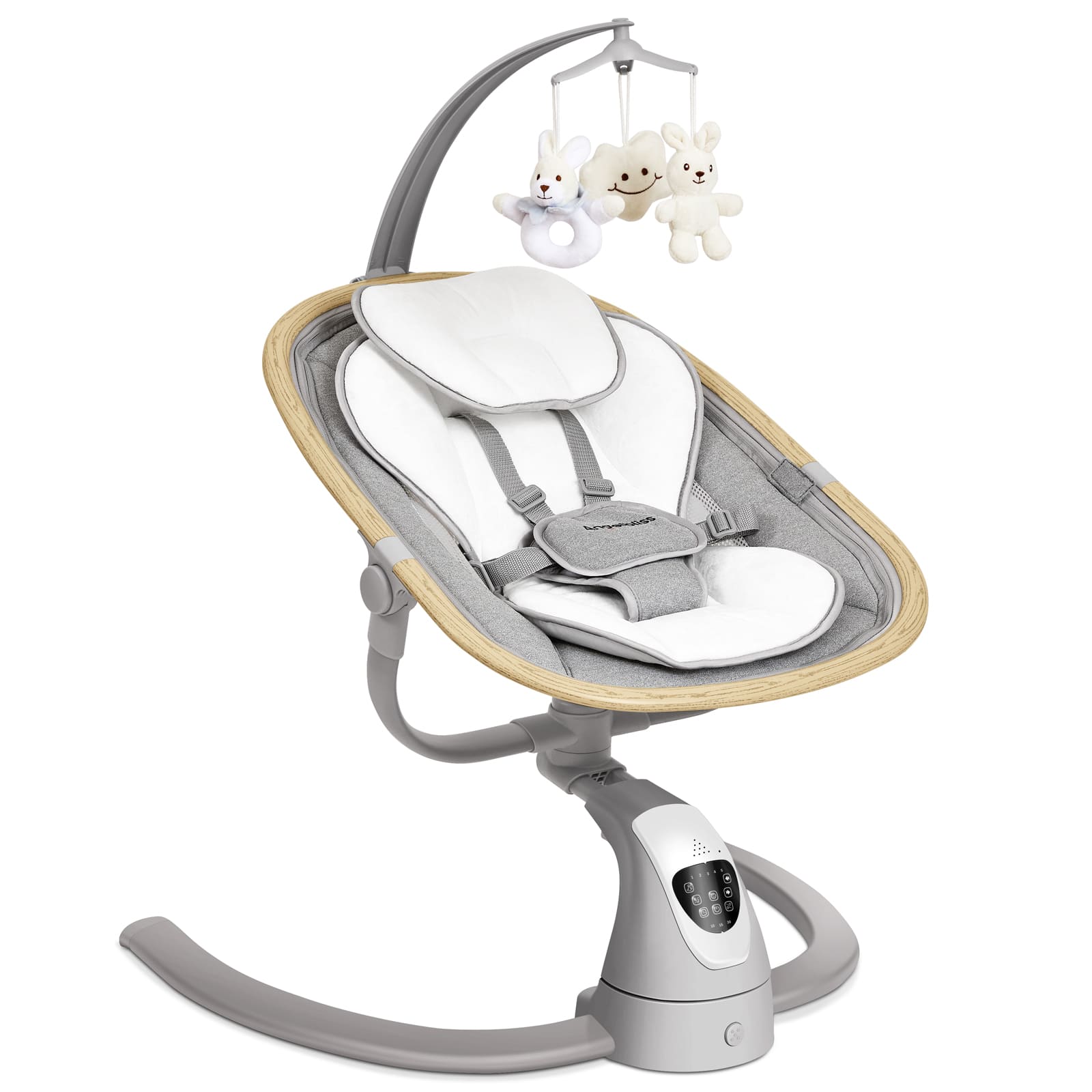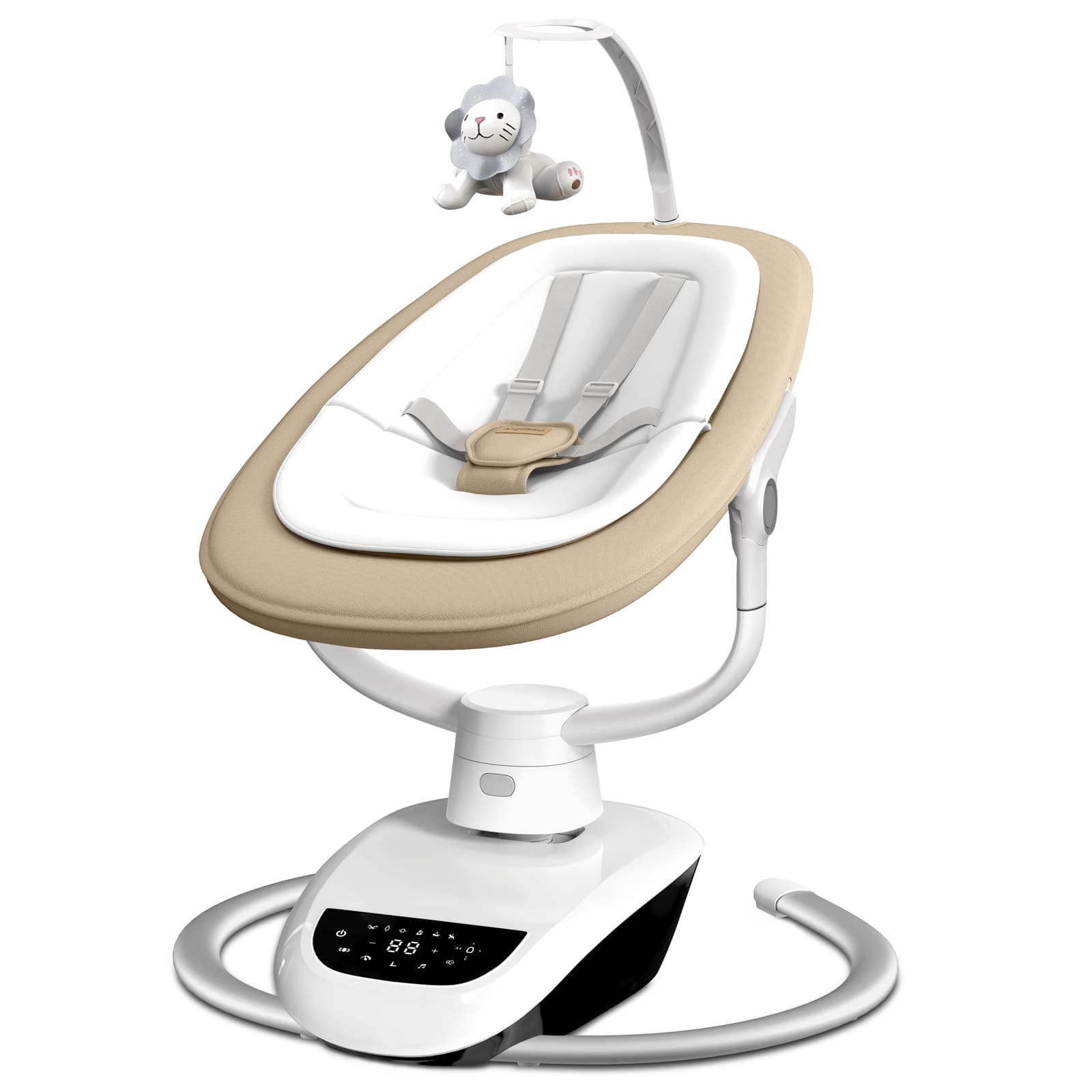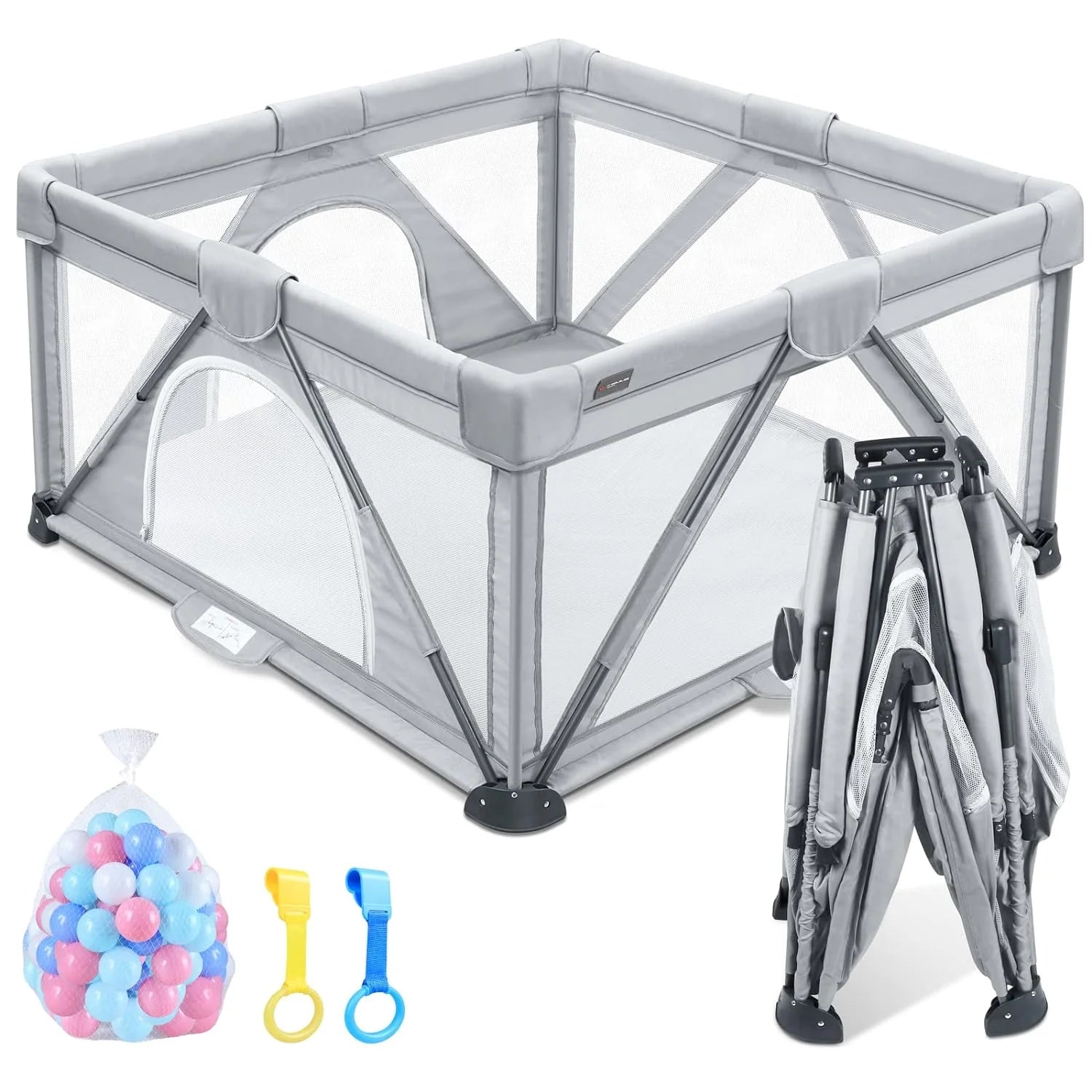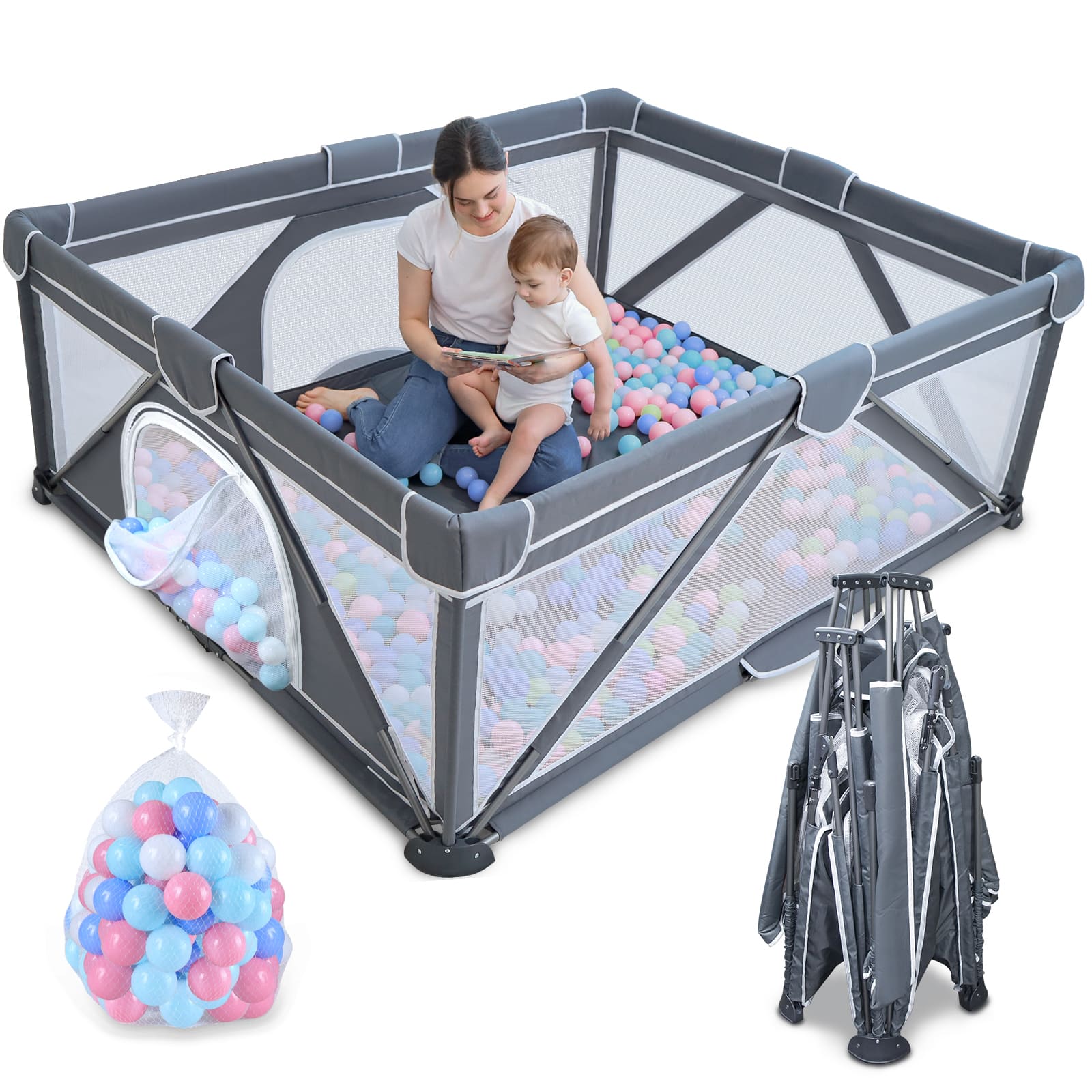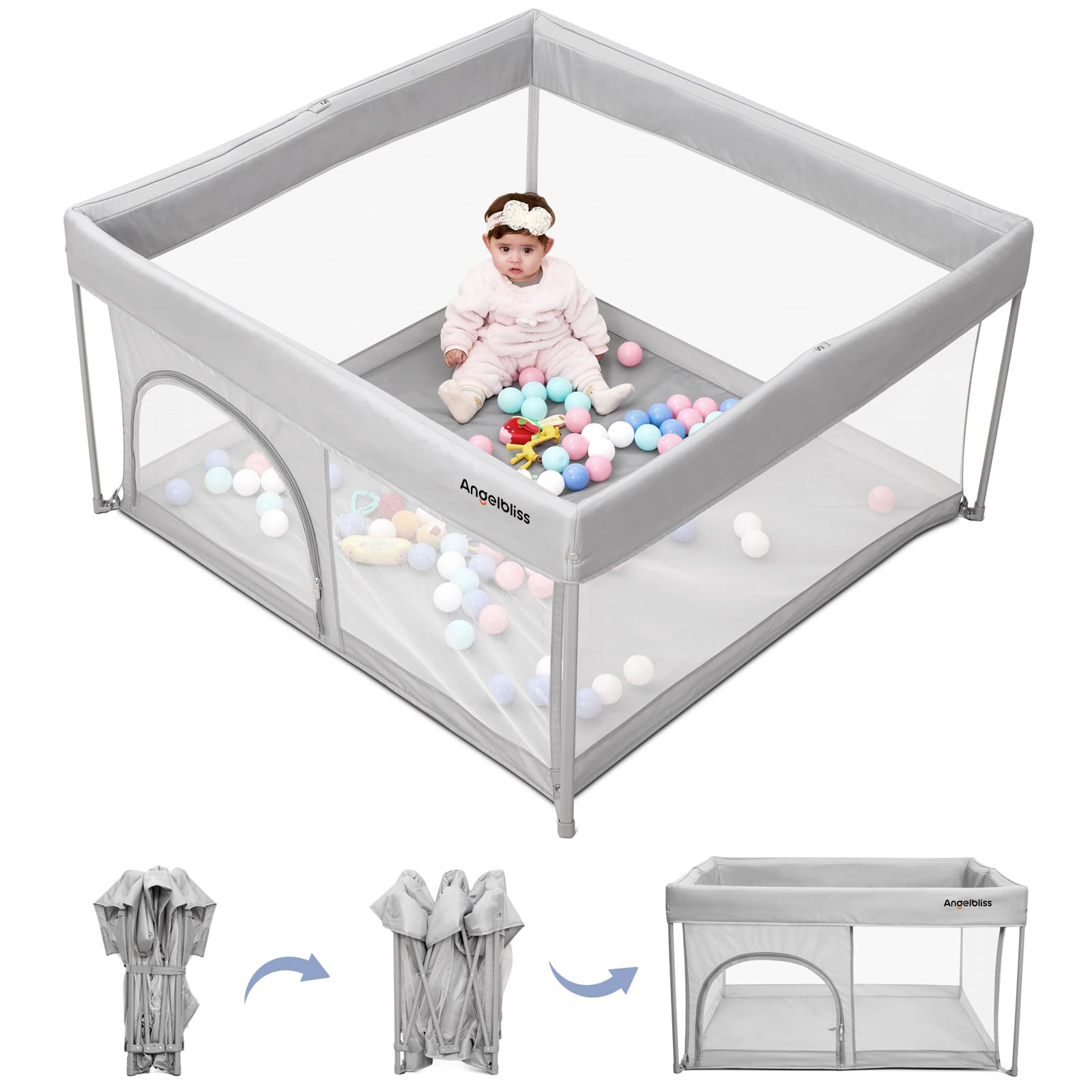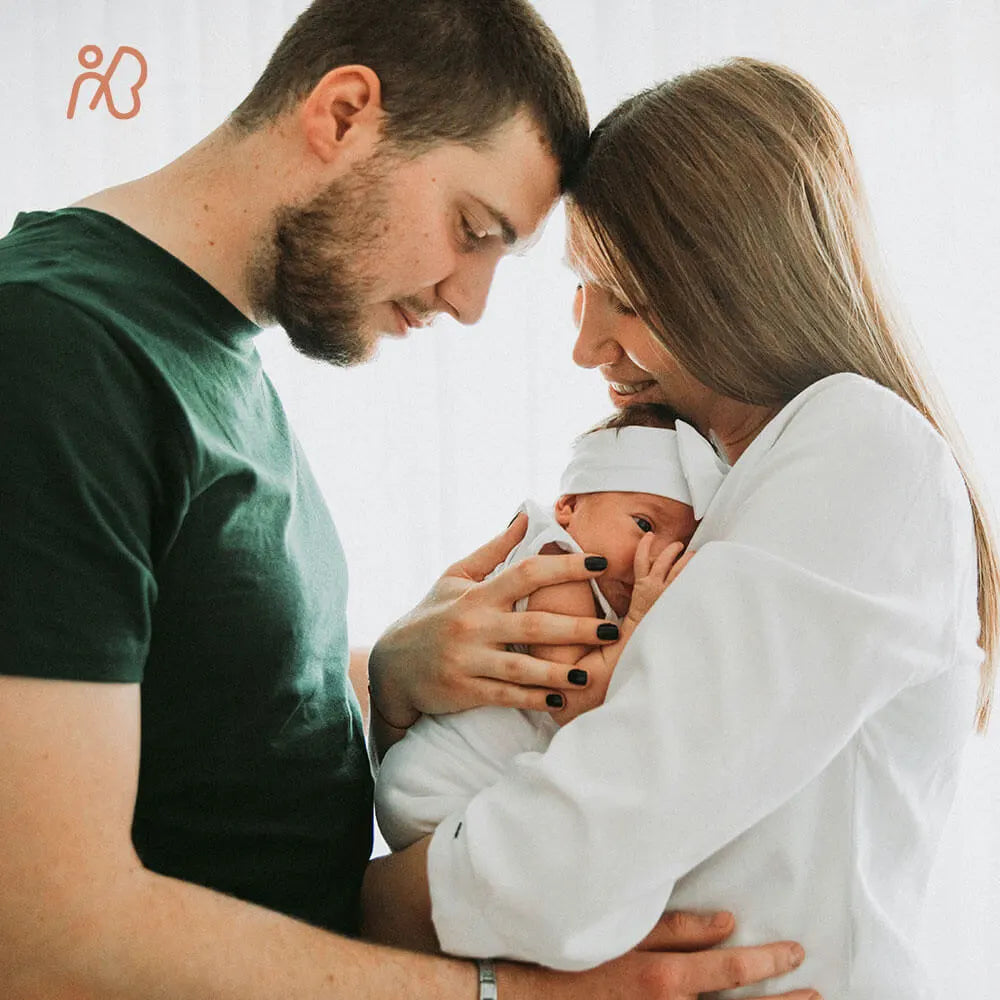When you're preparing for your newborn's arrival, selecting the safest bassinet isn't just another item on your checklist; it's a foundational decision for their well-being and your peace of mind. With countless options vying for your attention, knowing exactly what makes a bassinet truly safe can feel like sifting through a mountain of information.

Understanding "Safe Sleep": The Foundation of Your Bassinet Choice
It's important to understand the basic ideas of safe infant sleep before delving into particular bassinet characteristics. These guidelines are the bedrock upon which every safe bassinet is designed and should be used.
The American Academy of Pediatrics (AAP) Guidelines: Your North Star
The American Academy of Pediatrics (AAP) is the leading authority on child health and safety in the U.S. Their safe sleep recommendations are widely considered the gold standard for preventing Sudden Infant Death Syndrome (SIDS) and other sleep-related infant deaths. When choosing and using a bassinet, always align with its core tenets:
Back to Sleep: Your infant should always sleep on their back.
Bare Sleep Space: The sleep surface should be completely clear of anything but the baby. No blankets, pillows, bumper pads, or toys.
Room-Sharing (Not Bed-Sharing): For the first six months or, ideally, the first year, keep your baby's sleeping area (bassinet) in your room, near your bed.
Why "Firm and Flat" is Non-Negotiable
A bassinet must provide a firm, flat sleep surface. This is paramount for ensuring your baby’s airway remains clear and open. Soft, plush, or inclined surfaces can pose a suffocation risk by allowing your baby’s head to slump forward, restricting breathing. A firm mattress that fits tightly and without any gaps is always a good choice for a bassinet.
The Power of Breathability: Why Airflow Matters
Look for bassinets with breathable mesh sides. This design feature allows for optimal airflow, reducing the risk of overheating and rebreathing exhaled carbon dioxide. If your baby accidentally rolls against the side (though they shouldn't be able to roll in a bassinet if used correctly), mesh provides a safer barrier than solid fabric.
Essential Safety Standards & Certifications: What to Look For
Navigating safety labels can be daunting. Here’s what those certifications mean and why they’re important for a bassinet’s safety.
CPSC (Consumer Product Safety Commission) Certification: The Mandate for Safety
The U.S. Consumer Product Safety Commission (CPSC) sets mandatory safety standards for all juvenile products sold in the United States, including bassinets. Any bassinet you purchase in the U.S. must meet these federal safety requirements. Always ensure the product you're considering is CPSC compliant. This is your absolute baseline safety guarantee.

JPMA (Juvenile Products Manufacturers Association) Certification: An Added Layer of Assurance
The Juvenile Products Manufacturers Association (JPMA) offers a voluntary certification program. When a bassinet carries the JPMA seal, it means an independent laboratory has tested it and it meets the specific ASTM (American Society for Testing and Materials) standards, which often exceed federal requirements. A JPMA certification is not required, but it is a powerful sign of a manufacturer's dedication to quality and safety above and above the bare requirement. It's like an extra stamp of approval.

Beyond Labels: The Importance of Manufacturer Reputation & Transparency
Beyond official certifications, consider the manufacturer's overall reputation. Research their recall history, read customer reviews focusing on safety aspects, and assess how transparent they are about their materials, testing processes, and customer support. A brand that stands behind its products with clear information builds trust.
Key Design Features of the Safest Bassinets
When you're actually shopping, keep these critical design elements in mind to ensure you're picking the safest option.
Sturdy & Stable Construction: Preventing Tipping or Collapse
A safe bassinet must have a wide, stable base that resists tipping. Check to see if it seems sturdy when assembled at home or in the store, if at all possible. Are there secure locking mechanisms for collapsible parts? No wobbling or instability should be present. The frame's strength should not compromise your baby's motions.
Clear Weight and Developmental Limits: Knowing When to Transition
Every bassinet has a maximum weight limit (typically 15-20 pounds) and/or a developmental limit. It's important to realize that your infant will nearly always outgrow their bassinet before they reach the weight restriction. It's time to move your baby to a bigger, safer sleeping area, such as a crib or Pack & Play, as soon as they begin to push up on their hands and knees, roll over from back to belly (or vice versa), or sit up on their own. Respecting these boundaries is essential to avoiding entrapment or falls.
Secure Attachment (for Bedside/Co-Sleeper Bassinets): No Gaps Allowed
If you're considering a bedside bassinet designed to attach to your adult bed, ensure it features secure attachment mechanisms that create a seamless fit without any gaps. Gaps between the bassinet and your bed could become an entrapment hazard for your baby. To ensure a safe and secure attachment, thoroughly read product specifications and reviews.
Easy to Clean, Non-Toxic Materials: For a Healthy Environment
Babies are messy, and hygiene is safety! Look for bassinets with easy-to-clean surfaces (like wipeable fabrics) or removable, machine-washable covers. Make sure that every item is non-toxic and devoid of dangerous substances like lead, phthalates, and BPA. A healthy environment is essential because your baby will spend a lot of time in their bassinet.
Beyond the Bassinet: Establishing a Secure Sleeping Environment
Even the safest bassinet won't guarantee safety if not used correctly within a safe environment.
Proper Assembly is Paramount
Always, always, always follow the manufacturer's assembly manual exactly. Double-check every screw, every latch, and every connection to ensure the bassinet is put together correctly and all locking mechanisms are fully engaged. A properly assembled bassinet is a safe bassinet.
Strategic Placement: Avoiding Hazards
Think about where you place the bassinet. It should be away from windows (to avoid cords from blinds/curtains and drafts), heaters, lamps, and any furniture that a curious older sibling (or even a pet) could climb on and fall into the bassinet.
The "Bare" Bassinet: Nothing Else Belongs Inside
This can't be stressed enough. Your infant should be the only object in the bassinet once they are inside. No positioners, no wedges, no stuffed animals, no cushions, no blankets, no bumpers, and no loose sheets.
Supervise Always: Even in the Safest Spaces
Despite their protective design, bassinets cannot replace parental supervision. Watch your baby at all times, especially when they are awake in the bassinet.
Angelbliss Bassinets: Made to Help You Relax
Now that you're well-versed in what makes a bassinet truly safe, allow us to introduce a few Angelbliss options that consistently prioritize these essential safety standards, making your choice a little easier.
Our Top Recommendation: The Angelbliss 3 in 1 Baby Rocking Bassinet
This popular Angelbliss rocking bassinet is crafted for your newborn's early months, offering a secure and comforting sleep space. It features breathable mesh sides, a firm, flat mattress, and a stable base that allows for gentle rocking, soothing your baby to sleep. Its thoughtful design also includes bedside sleeper functionality for easy access during the night, all while meeting rigorous CPSC safety standards.
For Families on the Go: The Angelbliss Baby Bassinet & Pack and Play
Suppose you're looking for a versatile solution that grows with your baby and travels with ease. In that case, our Angelbliss Baby Bassinet & Pack and Play is an excellent choice. This all-in-one system provides a safe bassinet insert for newborns, transitions into a secure playard, and even includes a convenient diaper changer. Its robust frame, breathable materials, and one-push setup ensure safety and convenience, whether at home or on an adventure.
Ready to choose the safest bassinet for your newborn?
Explore the Angelbliss collection today and discover the perfect blend of safety, comfort, and peace of mind.
Click Here to Explore Angelbliss Bassinets!
- Looking for more essential parenting insights?
Bassinet Weight Limit: How to Know When Your Baby Has Outgrown Their Sleep Space
- The Ultimate Guide to Baby Playards

